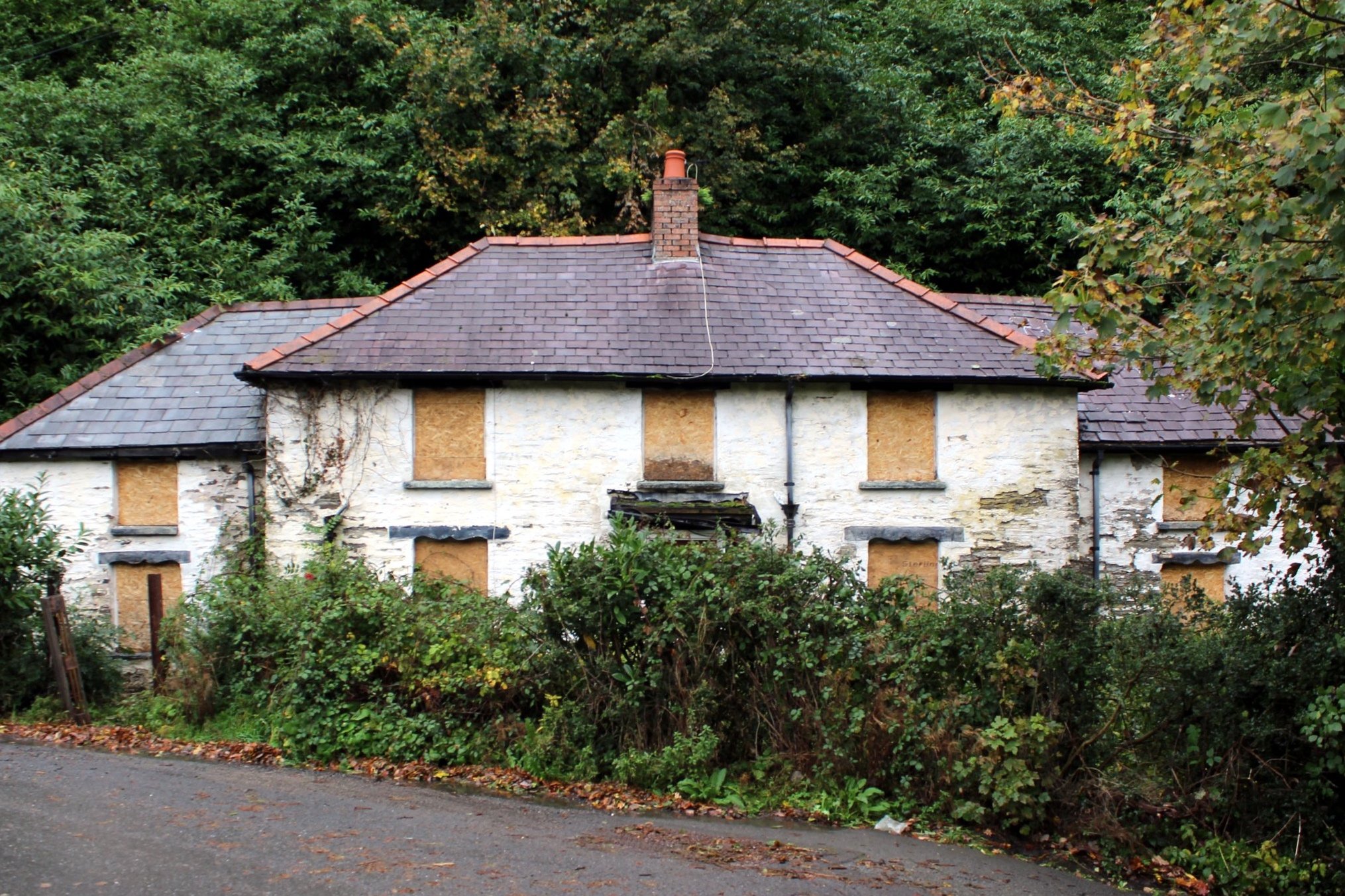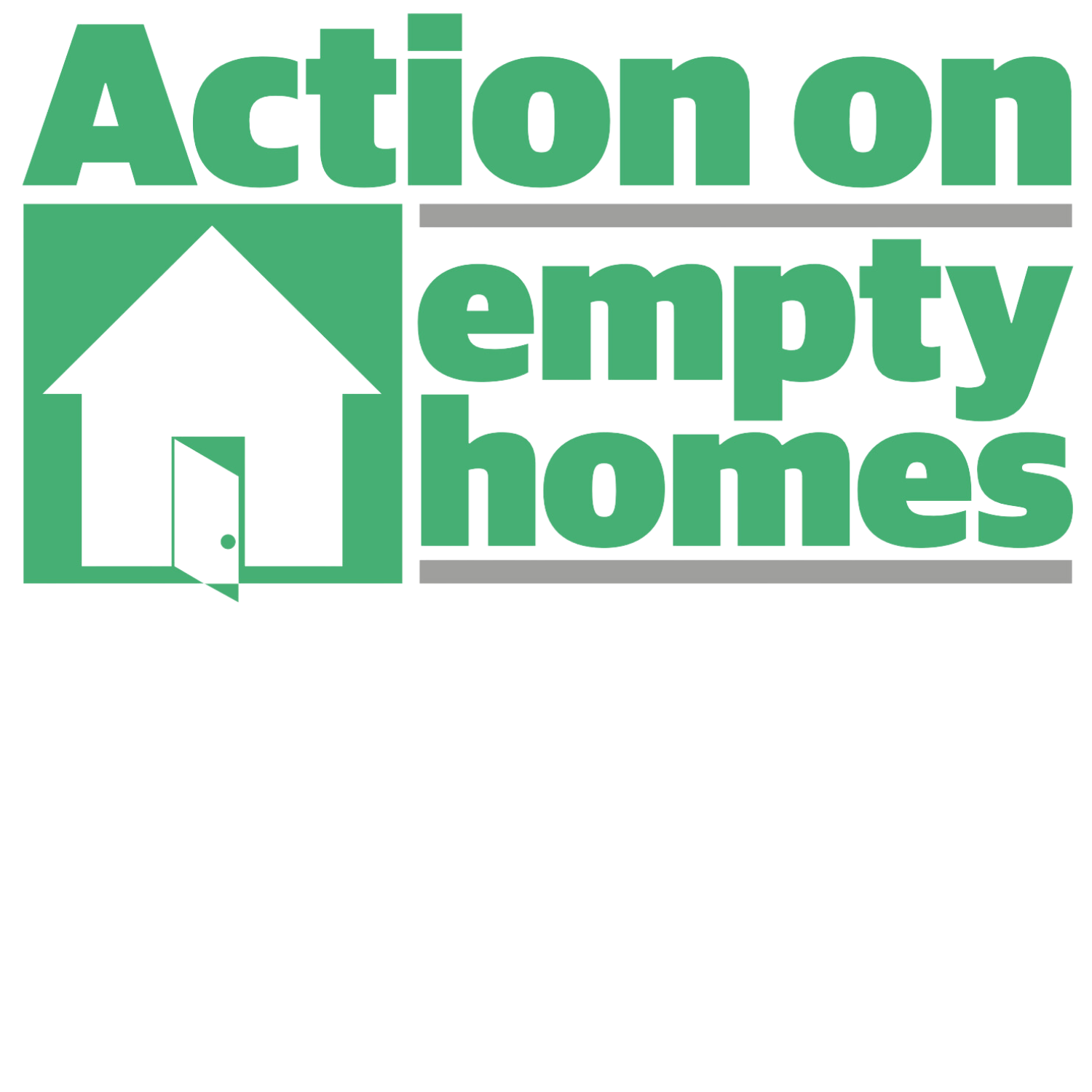
Retrofit Empty Homes
The time for retrofit is now, and communities should be at the helm.
Our Retrofit Empty Homes Action Partnerships (REHAP) work is generously funded by Esmée Fairbairn Foundation Our REHAP Report examines the key processes communities must navigate to unlock empty homes through retrofitting at scale and at speed.
Retrofitting empty homes is a crucial piece of the transition to net-zero. It is also a proactive strategy for addressing fuel poverty and the cost of living crisis, as improved residential energy efficiency means lower energy bills.
Moreover, as we have explored in the REHAP Report, the spillover effects of community-led retrofitting are innumerable, ranging from job creation in emerging green industries, to sustainable regional supply chain development, to upskilling in local economies. Retrofit has the potential to make the transition to net-zero a catalyst for empowering communities to take action on what matters most to them.
REHAPs fight the climate and cost of living crises, build capacity in communities, and bring new life into the UK's empty housing.
Read our work about community action on retrofitting empty homes
Over the past two years, AEH has been piloting Retrofit Empty Homes Action Partnerships (REHAPs). These are community-based partnerships, working together to retrofit empty homes as they are renovated.
Retrofitting means bringing older homes up to better standards of thermal efficiency. In a nutshell it includes, managing ventilation, controlling moisture, and keeping the heat in.
The ‘operational carbon’ (energy used to heat our homes, to give us hot water, and to cook) accounts for 21% of the country’s total carbon emissions. 85% of UK homes are on the gas network, using fossil fuels and producing large quantities of carbon emissions. Retrofitting our homes to use low carbon heating systems is a major challenge which we must address to reach net zero emissions by 2050, as the average carbon emissions from a non-retrofitted home in England amount to c3 tonnes CO2e each year. *
Retrofitting homes includes:
Reducing heat-loss through insulation: roof insulation, cavity wall insulation, floor insulation, external or internal wall insulation and high-performance glazing
Improving ventilation to manage airflow and prevent condensation
Replacing gas with electric: replacing gas boilers with air or ground source heat pumps supported by solar panels and a battery storage to produce on-site renewable energy
Lowering energy use: using eg smart sockets and heat recovery systems to prevent wasted energy.
A properly insulated, energy efficient home can reduce CO2 emissions by up to 1 tonne a year, and reduce heating bills by c30%.
*Figures from energysavingtrust.org.uk
We advocate for empty and under-utilised homes to be brought back into use to increase housing supply. Bringing these existing buildings back uses between 50 - 80% less embodied carbon than building new homes.
Retrofitting while renovating empty homes also makes cosier homes, reducing household energy costs whilst offering healthier places to live.
Each stage of building a home has its own carbon footprint: the mining and manufacture of materials used, transporting these materials between the manufacturing processes and to the site, and construction itself. This is ‘upfront’ embodied carbon.
A typical 2 bed home in Britain has 80,000 kg CO2e of embodied carbon. This is similar to the embodied carbon of five average cars.
Officially, there are over 265,000 long-term empty homes. That’s c21.2 billion kg CO2e embodied carbon that have already been ‘spent’. Bringing those homes back into use would mean stopping that embodied carbon going to waste.. By contrast, if the government delivers the planned 1.5m new homes over this parliament, this would result in the release into the atmosphere of at least 120 billion additional new kg CO2e.






